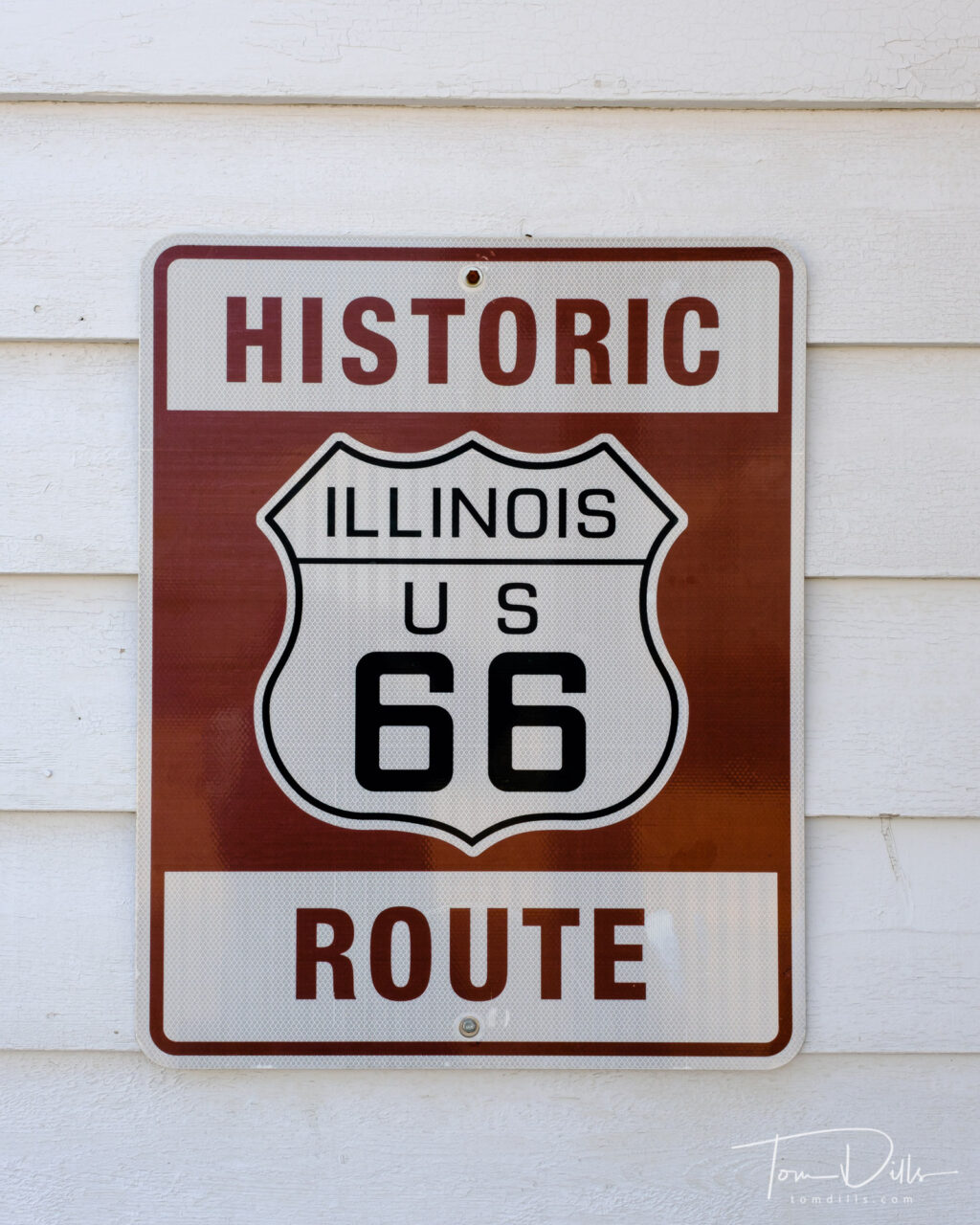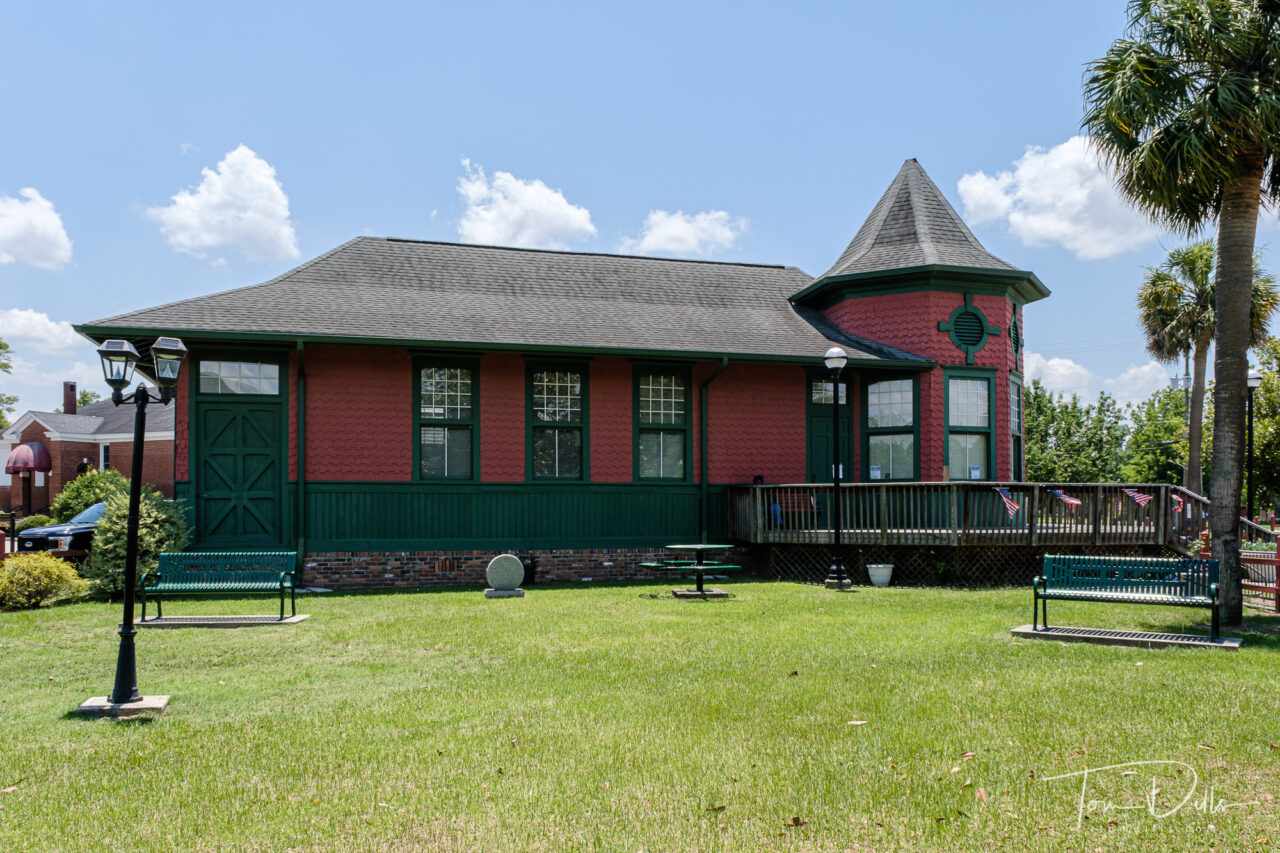
I’ve gotten a few questions about our experience with scheduling and actually getting the vaccine, and thought it might be helpful to share a few thoughts.
The Process: I’ve mentioned previously how frustrating the registration process is for many of the county and health agency websites. Kathy & I are fortunate to be registered with the two major health providers in our area, so we were able to use our login credentials to access those sites, which likely led to a slightly better experience. We ended up with the Moderna Vaccine through Novant Health.
We were fortunate to find any locations at all on the very first morning of our eligibility. The fact that the one we found was 200 miles away was no big deal for us. We have the flexibility to go wherever we need to, and it was easy for us to make the trip.
The vaccination site was in the parking area of a community college near Wilmington, NC. The approach was well marked, there were National Guard personnel directing traffic into several lines, checking to confirm appointments and providing forms for completion. The one glitch was that we had pre-filled everything online, but they still had us manually complete paperwork with the same information. Taking the paperwork pre-filled and printed would not have helped.
We arrived at about 10:40 for an 11:00 appointment, and although the lines looked long, we queued up and were directed to the actual vaccination line promptly at 11:00 (not due to any process on their part, it just happened to work out). We sat in our car until someone came around, asked us a few more questions, explained the process and handed us each a card with confirmation of our follow up appointments for the same time and day of the week in four weeks. Shortly thereafter two nurses came up with the vaccine, plunked each of us in the arm, wrote the time on a paper stuck to the windshield, and told us that after the prescribed waiting time we would be released. We rolled out of the parking lot at 11:30.

The Vaccine: Did we have any concerns about getting the vaccine? None. We feel strongly that the vaccines have been adequately tested, we trust in the scientific validity of the data and believe that getting the vaccine has a much lower level of risk than not getting it. Everyone makes their own choice, but we feel that in order to do the kind of travel we want to do, more states, countries and companies will require a vaccination than not and we don’t want to be left out when the time comes.

Side Effects: None really, but it surprises me how hyper-aware we become when we’re looking for something. I call it “new shoe syndrome” because of how when we buy a new pair of shoes we spend days paying attention to every little twinge or pinch. We recently bought new tires for the car, and for the first few drives I paid close attention to the sound, feel and ride. After a while you forget about it. We stopped at a restaurant for lunch, and while there a guy came in wearing a really strong cologne. Strong odors like cologne and smelly air fresheners always bother me, so when my throat got a little scratchy I wrote it off. No big deal. Our arms hurt for a few days, especially while we slept. But my left hip is often sore anyway, and since I got my shot in my left arm, I just spent more time on my right side!

Eligibility: We’ve read about people gaming the system by falsely answering the questions, crossing state lines to states with more favorable rules or otherwise getting the shot before they should have. Kathy & I waited for our group to be called, answered all the questions truthfully and lucked into an early appointment. Could we have waited? Sure, but why? Everyone who wants a shot will eventually be able to get one, so it really doesn’t matter when we go. Could we have gotten an appointment closer to home? Perhaps, but once we got our appointments I stopped looking. I read somewhere about local appointments now booking out into May or June, but it doesn’t matter any more. The owner of the restaurant we had lunch at told us that someone called him the other afternoon to say that they had 15 Johnson & Johnson shots that were going to expire at the end of the day and to send along anyone who needed them. That happens too, you never know.
I don’t really have a lot to add. If anyone has questions I’ll be happy to answer them as comments or emails. Ultimately everyone is going to make their own decision and have their own experience, but I’ll help where I can.
The Photos: These photos are from the town of Rowland, NC which is on the NC side of the NC/SC line near South of the Border. They are in-camera JPEGs taken using the Kodachrome 64 recipe from Fuji X Weekly. The conditions were less than ideal for Kodachrome and look a little warm/brown for my taste, but I’m not sure I got the white balance right. I’ll try them again under sunny skies and see how they look. I also shot in RAW and will process those my usual way for comparison. It’s an interesting look and I’ve been enjoying playing with them.








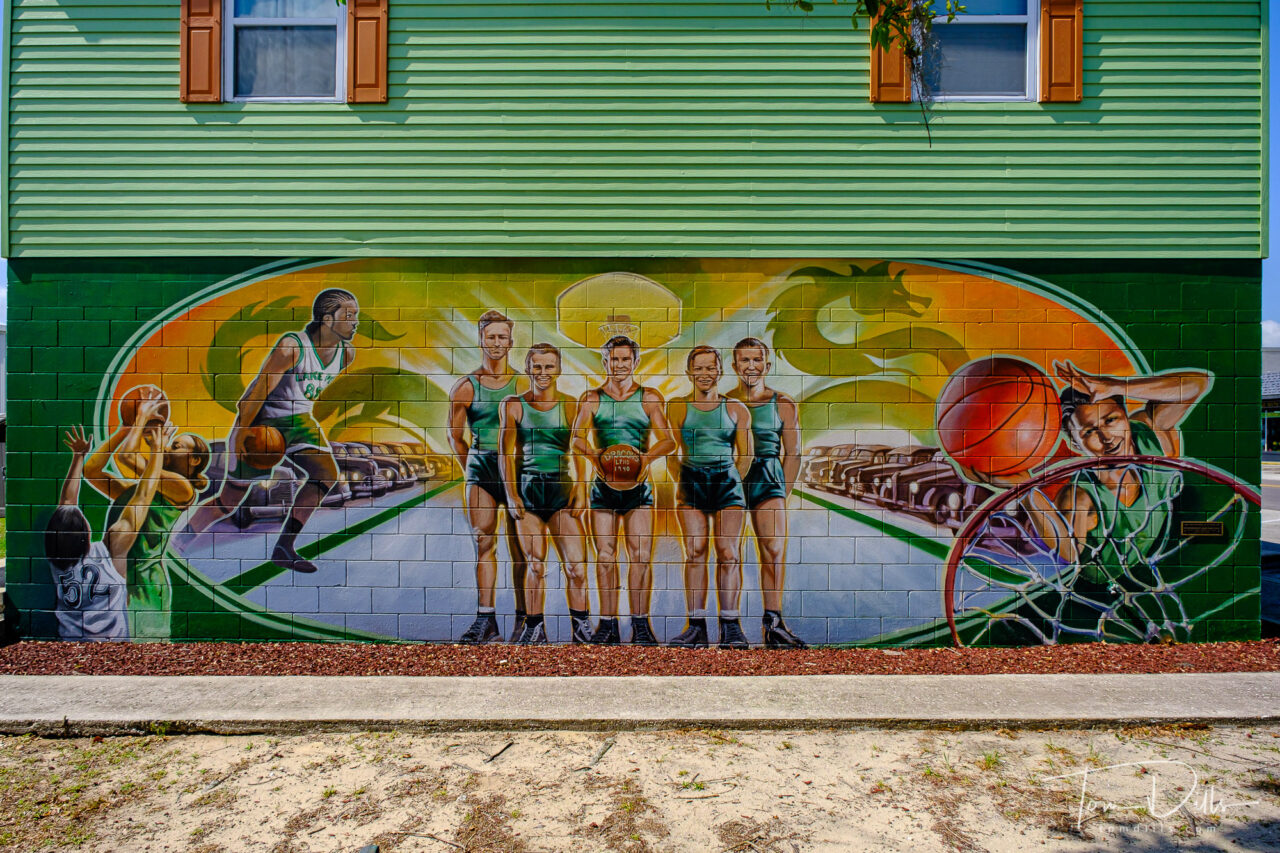




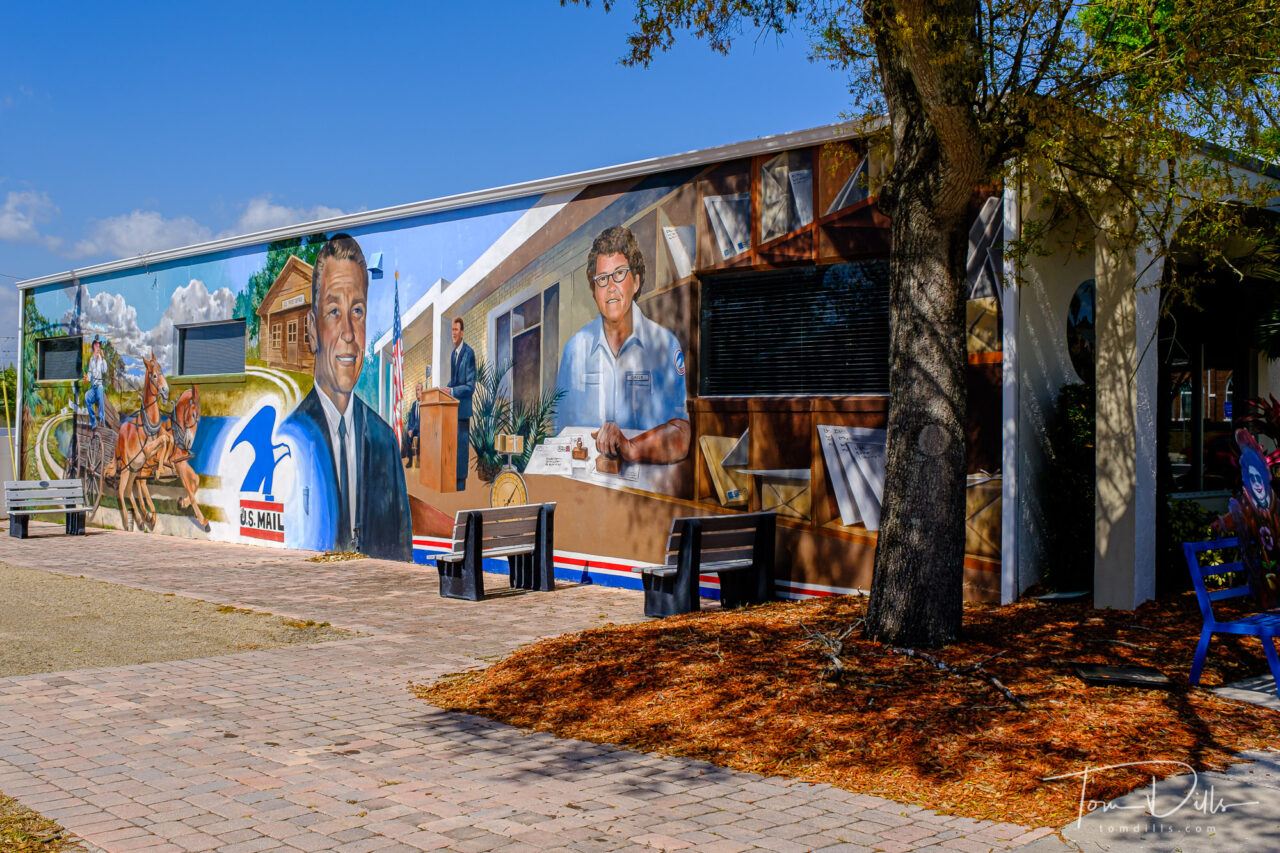





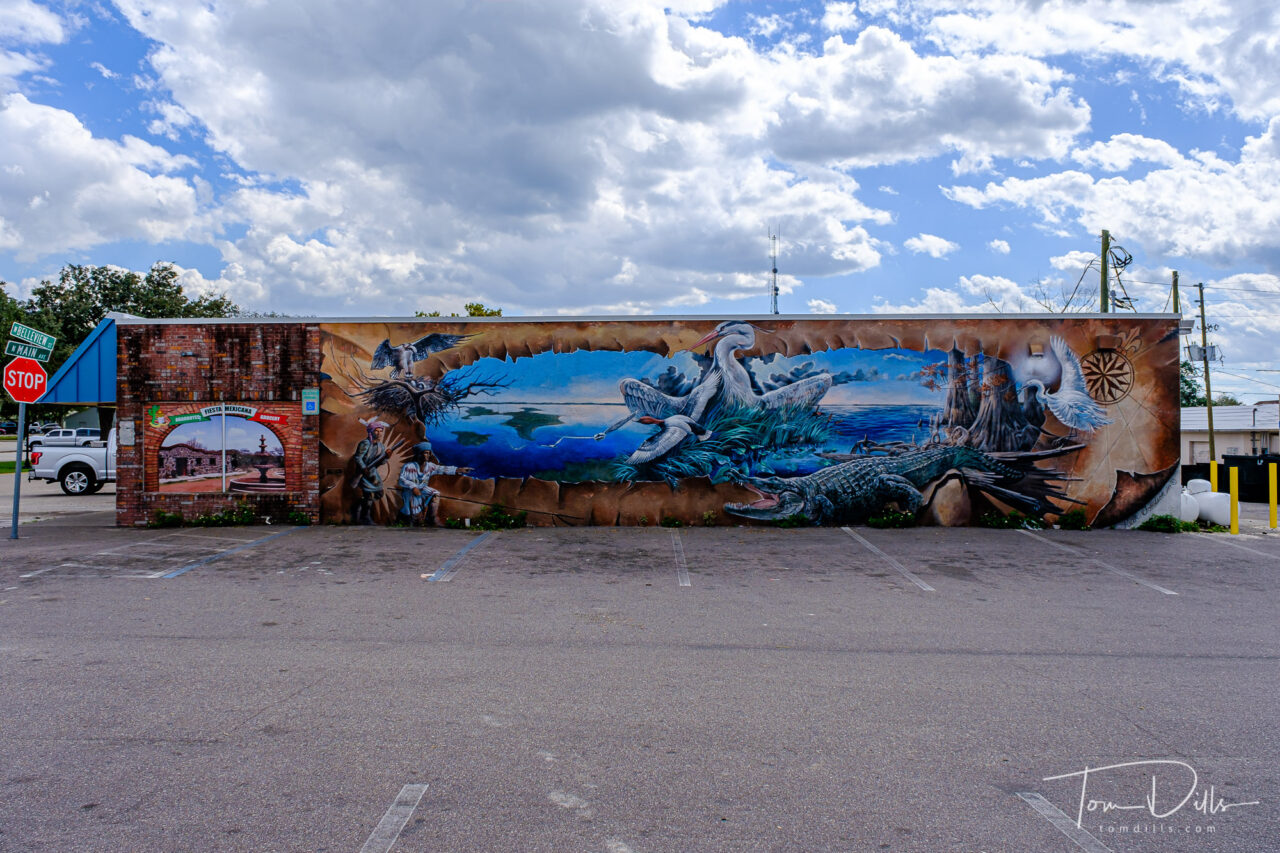















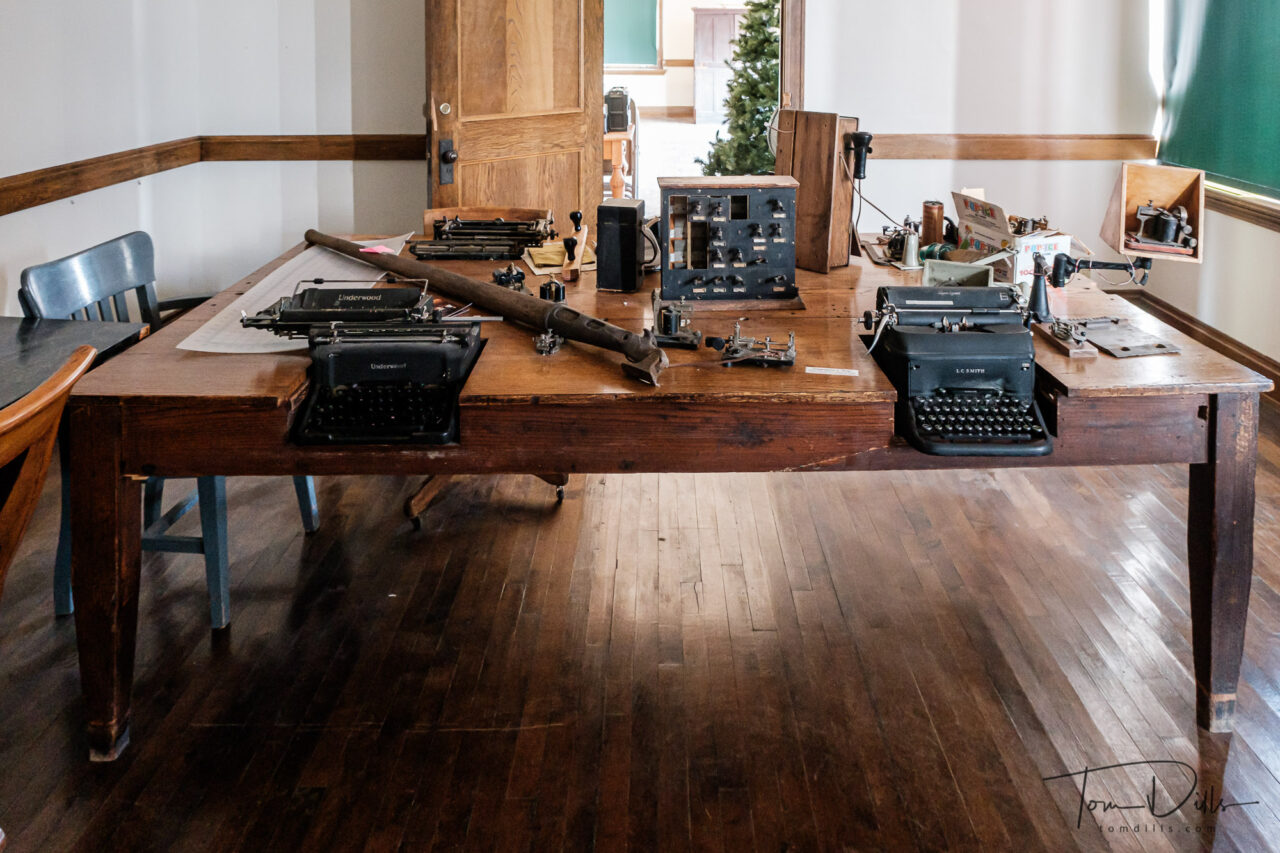



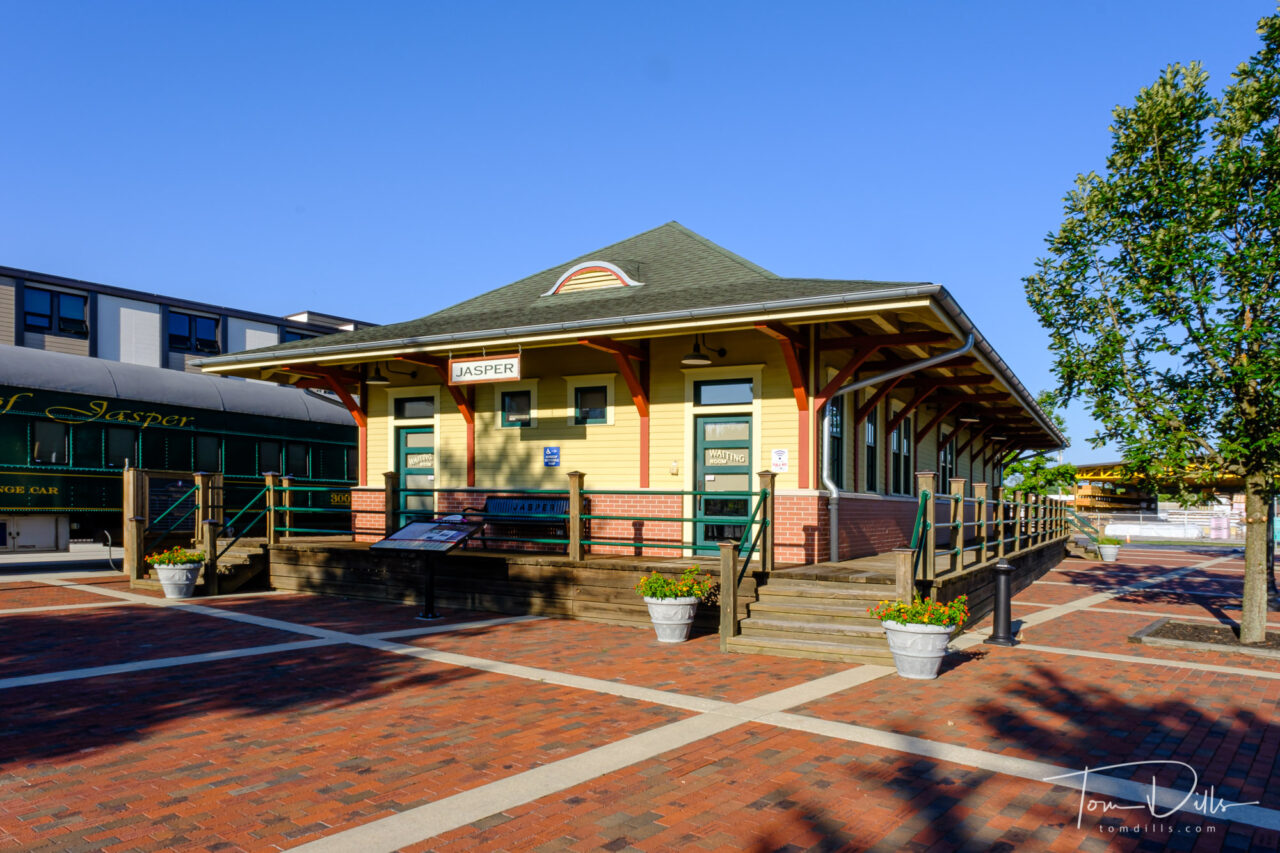









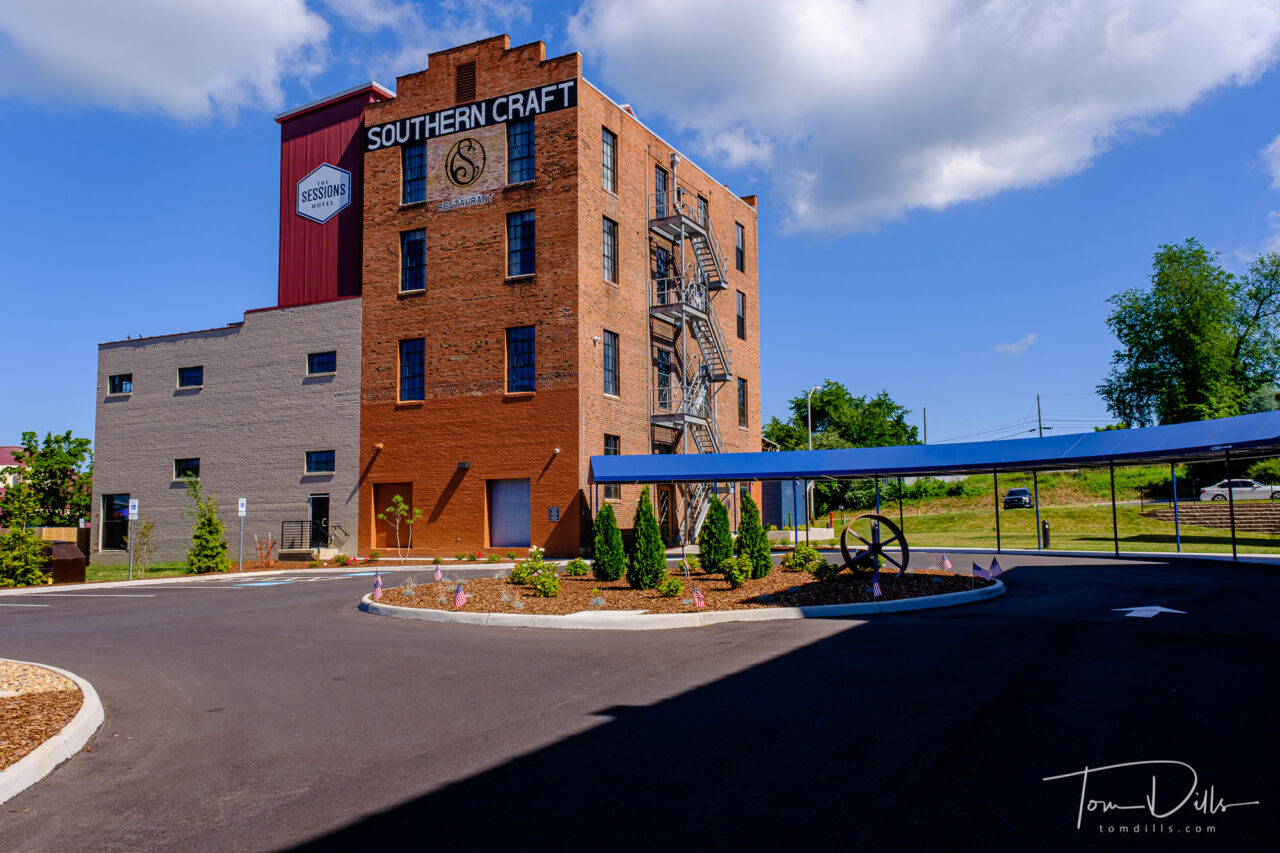




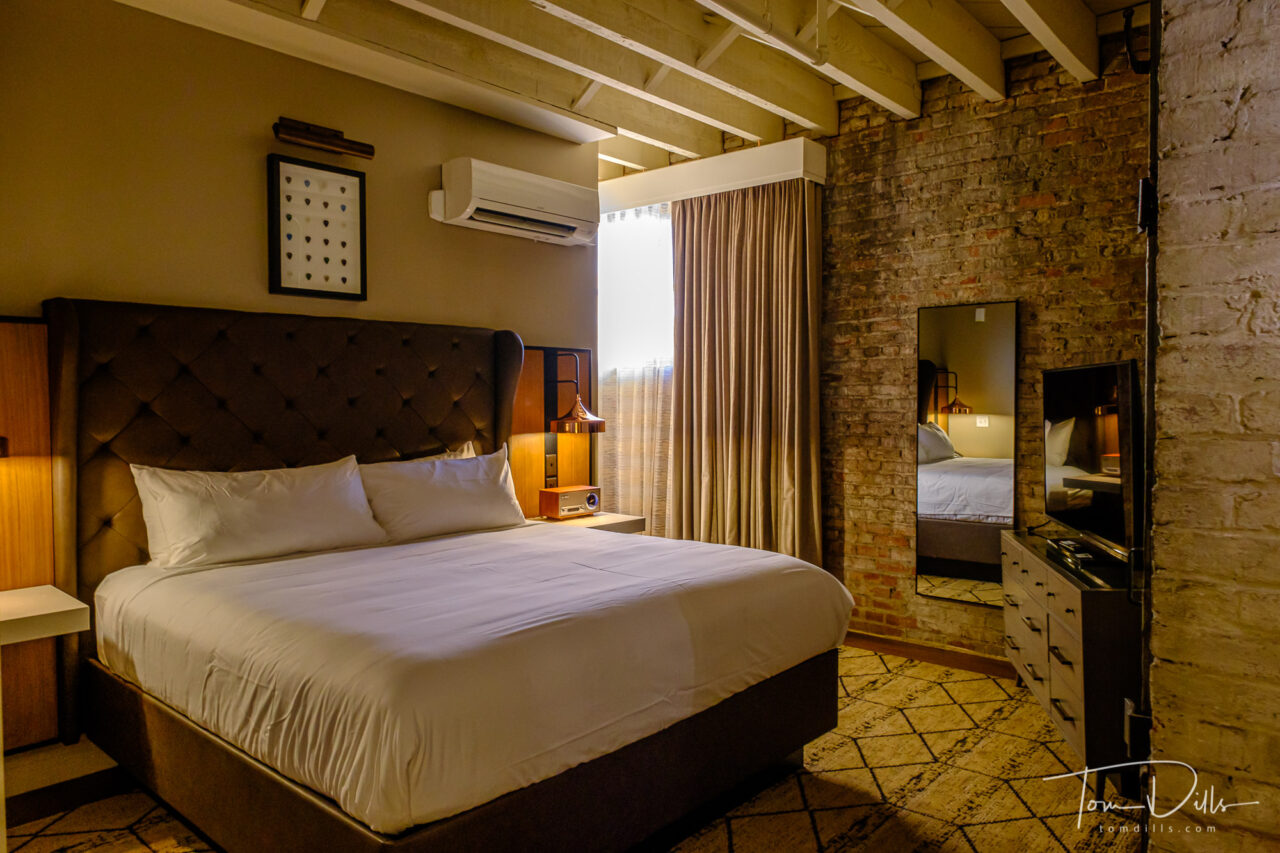
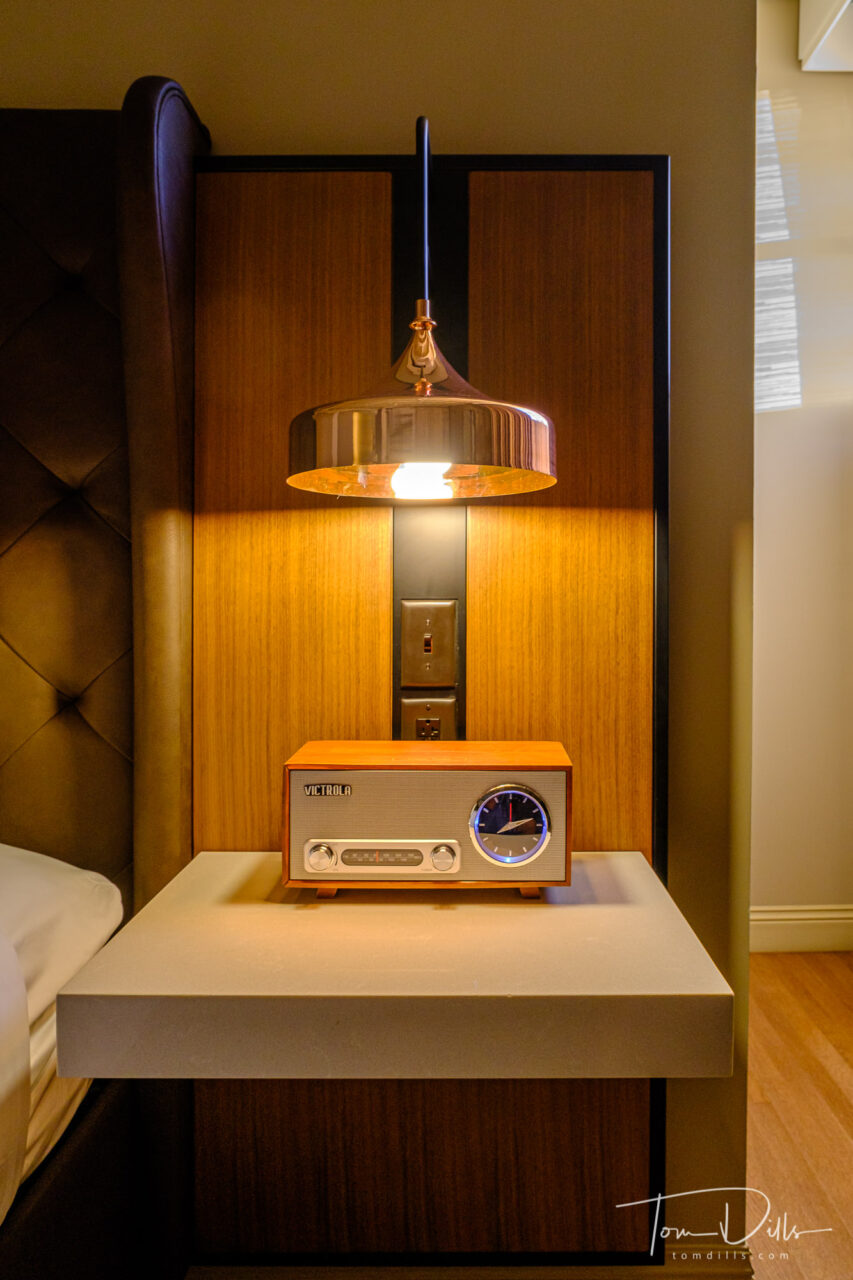

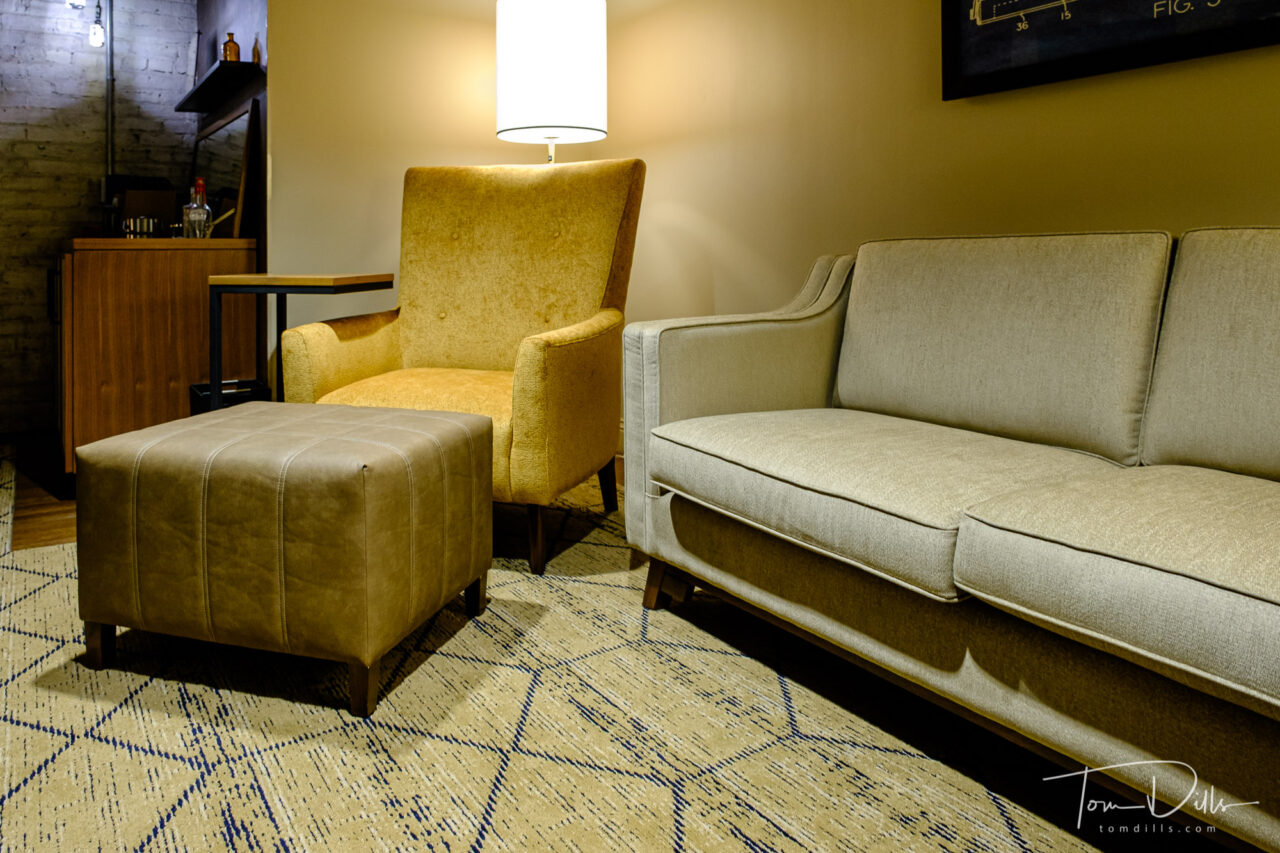

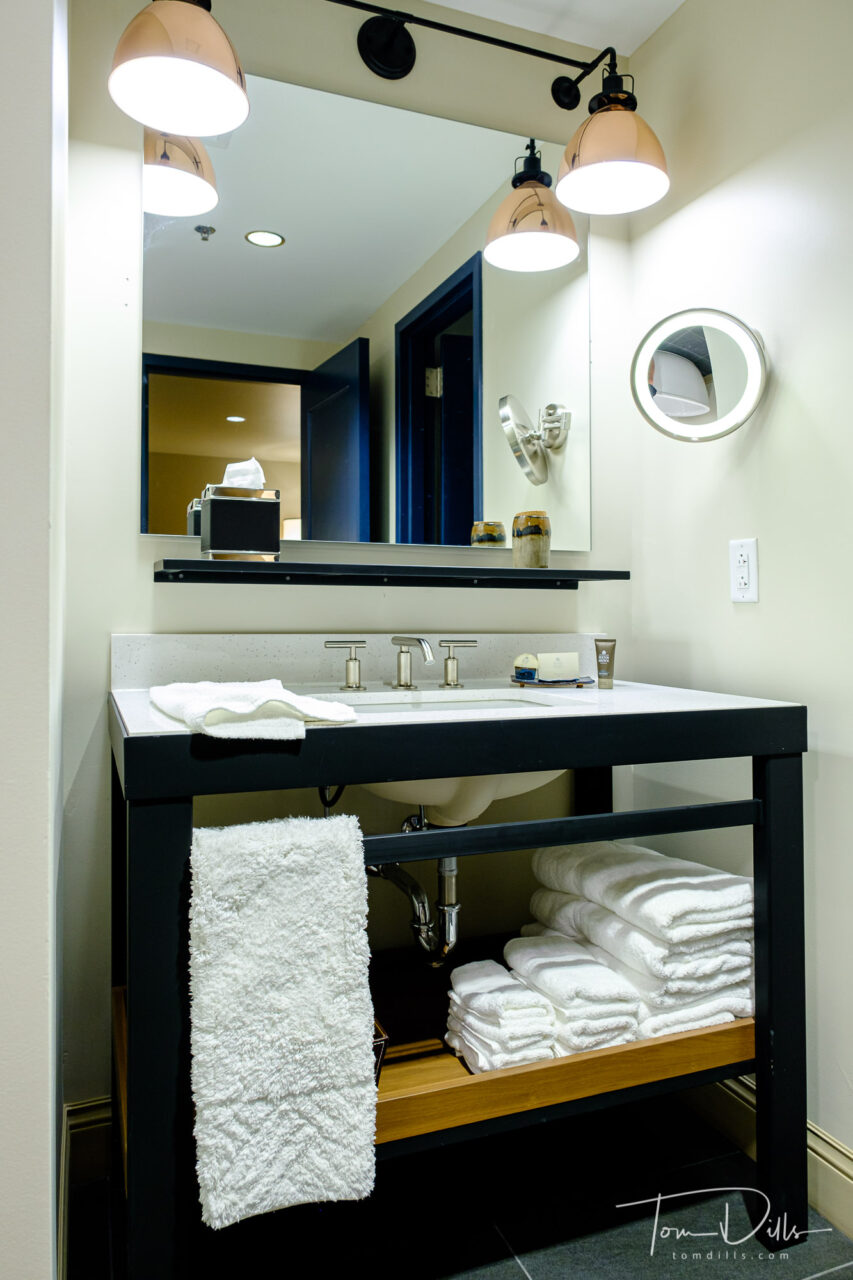




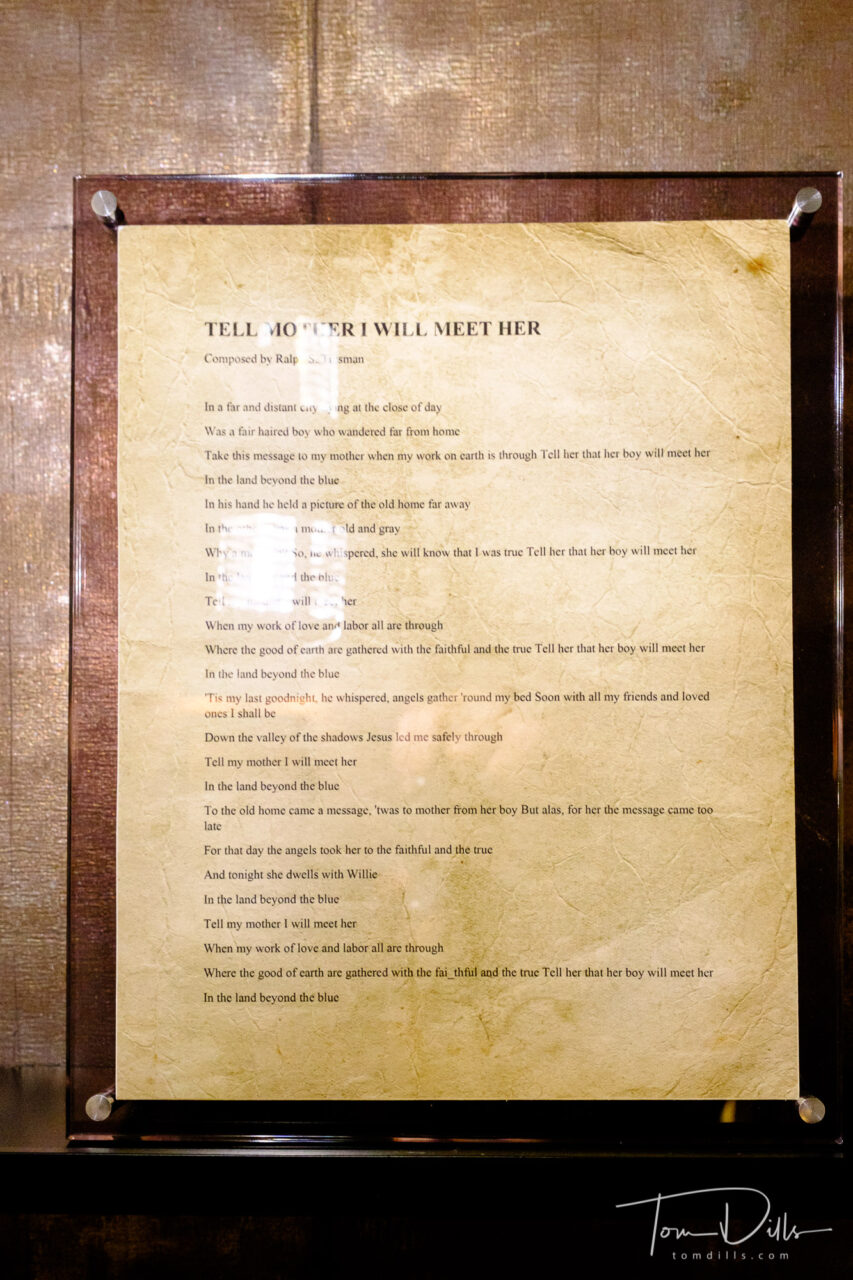


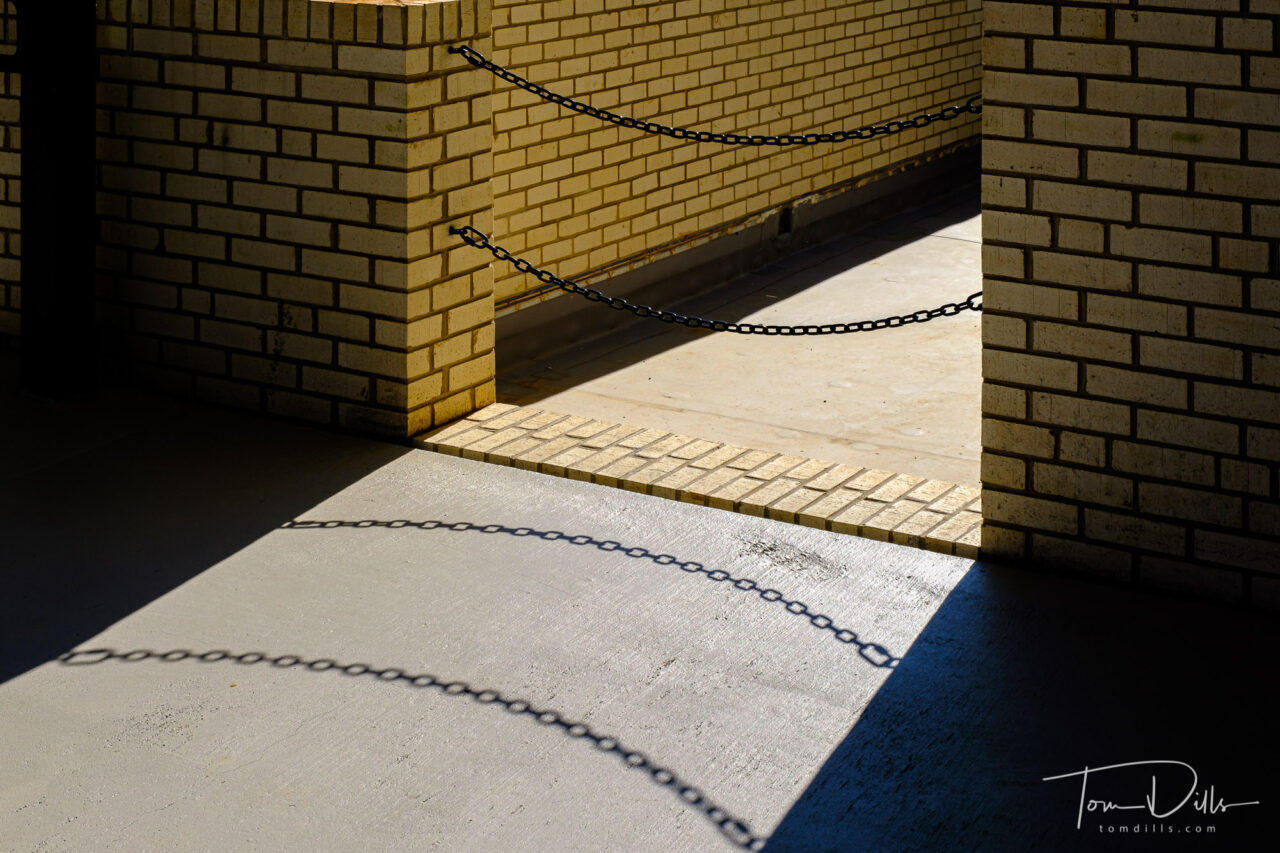
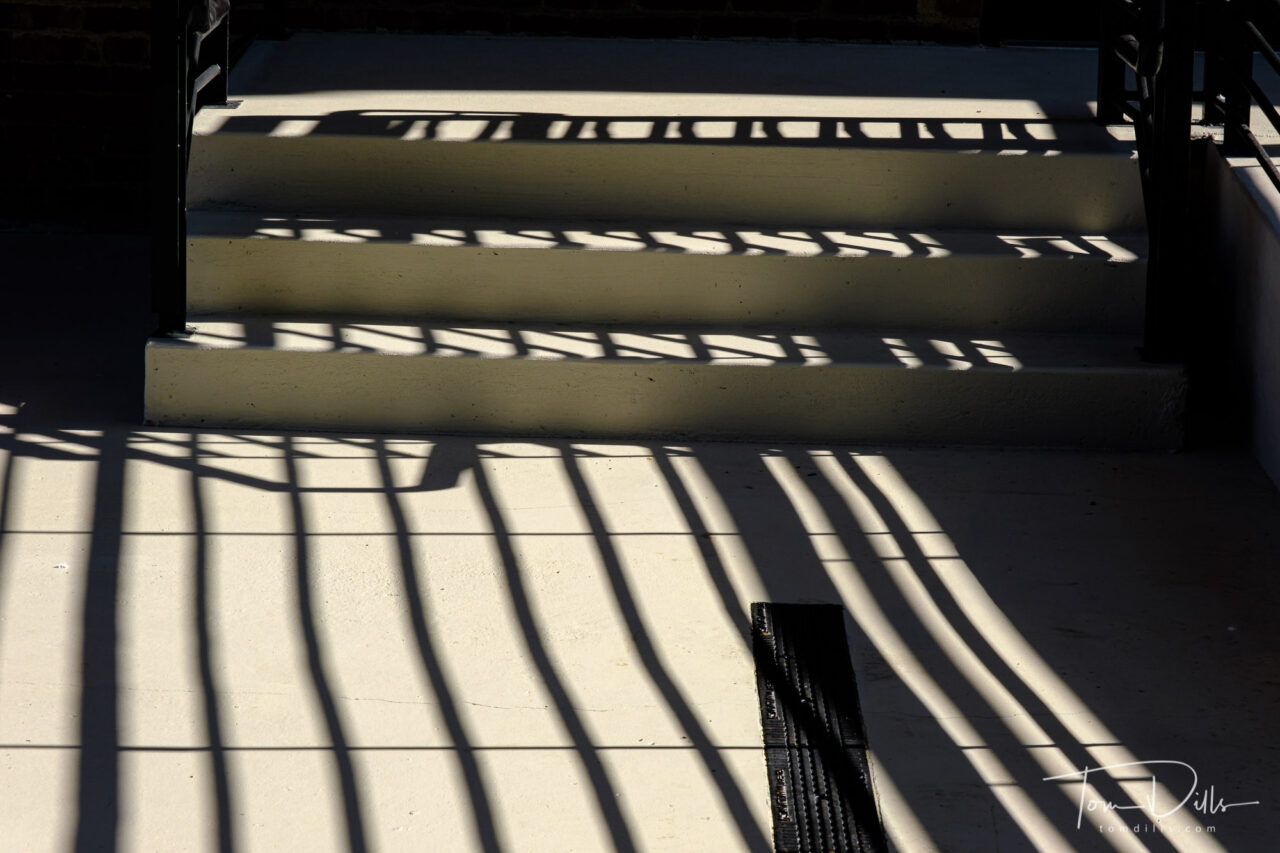



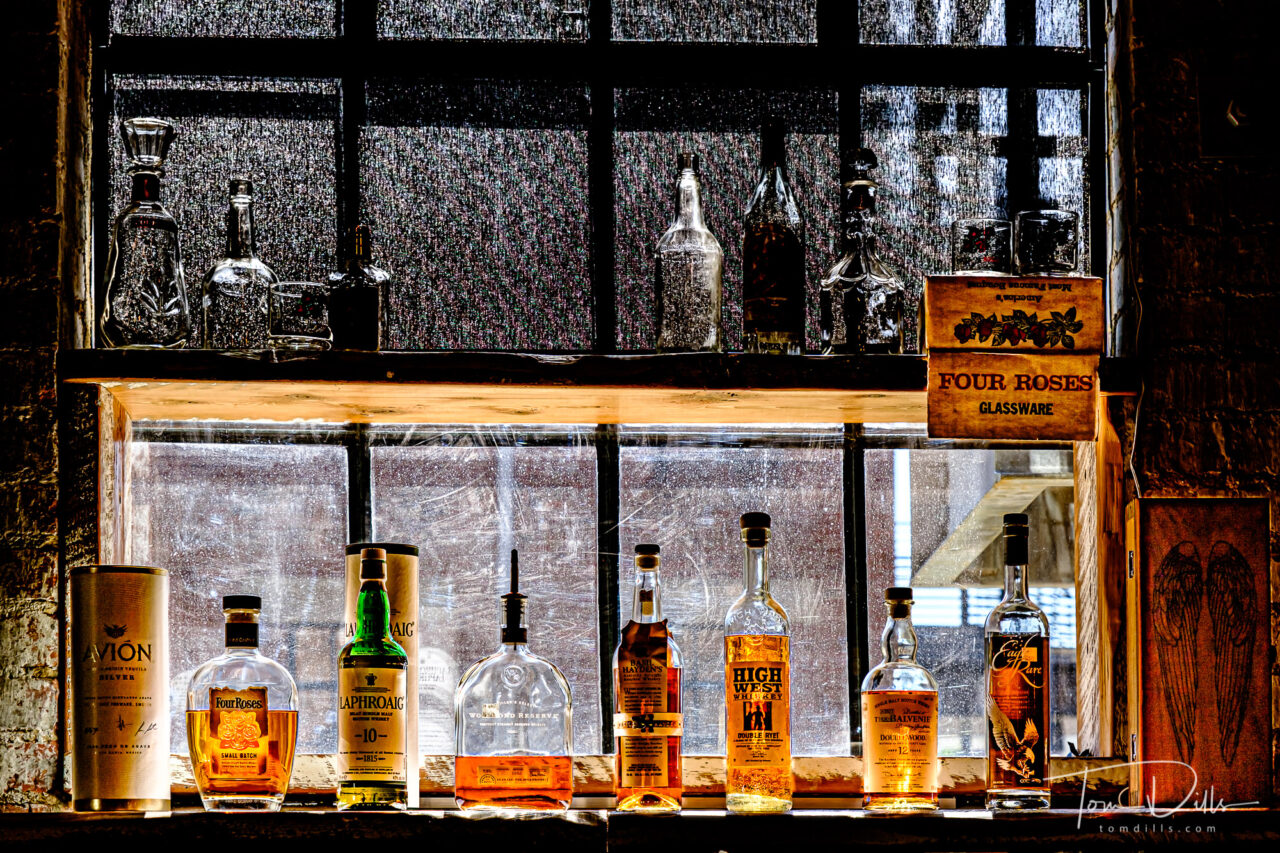
















 but we did do a pretty reasonable job of visiting the sights.
but we did do a pretty reasonable job of visiting the sights.










